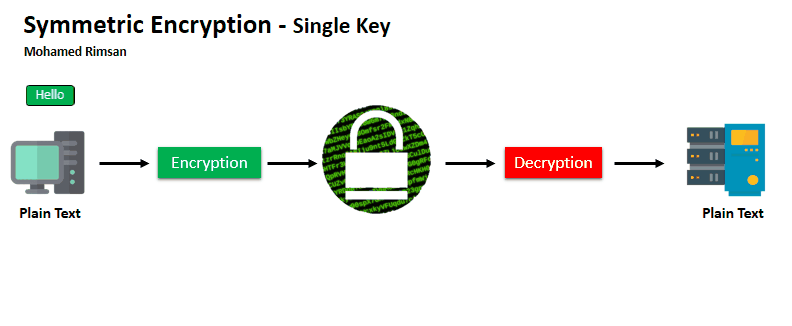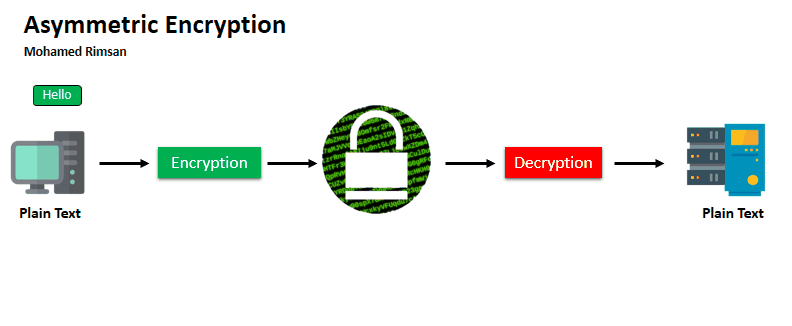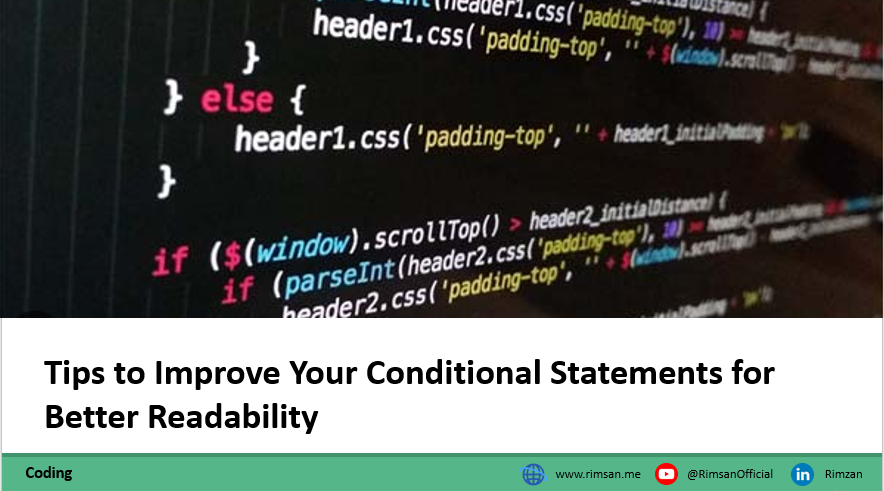A Blog About Software Development And Life
SAGA Microservices Architecture Patterns - NodeJs & Kafka
Nest (NestJS) is a framework for building efficient, scalable Node.js server-side applications. Combines elements OOP (Object Oriented Programming), FP (Functional Programming), and FRP (Functional Reactive Programming).
Service Mesh - Banking Apps Microservices using Consul
Consul is a multi-networking tool that offers a fully-featured service mesh solution. It solves the networking and security challenges of operating microservices and cloud infrastructure in multi-cloud and hybrid cloud environments.
Load Balance – Nodejs & ExpressJs with axios
A load balancer is a device that acts as a reverse proxy and distributes network or application traffic across a number of servers. Load balancers are used to increase capacity (concurrent users) and reliability of applications.

Symmetric encryption, secret-key or private-key encryption
Symmetric encryption, secret-key or private-key encryption, is a cryptographic system that uses the same key for both the encryption and decryption of the data.
Using Kafka in an Express.js application for tracking flight arrival and departure status
Using Kafka in an Express.js application for tracking flight arrival and departure status requires setting up a Kafka broker, creating producers to publish messages (flight status updates in this case) to Kafka, and consumers to consume these messages.
Implementing claim-based authorization with tokens, refresh tokens, and MongoDB
Implementing claim-based authorization with tokens, refresh tokens, and MongoDB in an Express.js application requires several steps.
Express.js and GraphQL can be a powerful way to handle user-related operations in your application
Here's a step-by-step guide on how to set up a basic user management system using these technologies..

Asymmetric encryption, public-key cryptography
Asymmetric encryption, public-key cryptography, is a cryptographic system that uses pairs of keys: public keys, which may be disseminated widely, and private keys, which are known only to the owner.
Introduction to Building Microservices with NodeJs using NestJs Framework
Nest (NestJS) is a framework for building efficient, scalable Node.js server-side applications. Combines elements OOP (Object Oriented Programming), FP (Functional Programming), and FRP (Functional Reactive Programming).
Part 4: NestJs - Builder pattern designed to provide a flexible solution to various complex object
Design pattern designed to provide a flexible solution to various object creation problems in object-oriented programming. It allows the creation of different representations of an object by isolating the construction code from the actual representation.
Adding OpenAPI to NestJS App | Time Saving
Creating a NestJS application that serves as an OpenAPI (formerly known as Swagger) documentation for your RESTful API can be a valuable addition to your project. This allows you to automatically generate API documentation for your endpoints.
Simple CRUD without database; Intro to Building Microservices with NodeJs & NestJs Framework
let's create a basic CRUD operation in a NestJS application without using a database. Instead, we'll use an in-memory array to store the data. Here's a simple step-by-step guide.
Factory Pattern to Create Objects without Specifying the Exact Class of Object
The factory pattern is a creational design pattern used to create objects without specifying the exact class of object that will be created. Instead of calling a constructor directly, a factory method is called to create an object.
NestJs: Singleton Pattern Class has Only One Instance
The Singleton Pattern ensures that a class has only one instance and provides a point of access to that instance from any other object. It's often used for things like configuration managers, where you want a single source of truth accessible throughout an application.

JavaScript Best Practices for Readable and Maintainable Code
Good code is easy to understand and maintain. It achieves the three Rs of Software Architecture: Refactorability, Reusability & Readability.

List of Authorization Request Headers
There are many type of authorization request headers. Basic Auth, Bearer Token, API Key, Digest Auth, OAuth 2.0, Hawk Authentication and AWS Signature.

Tips to Improve Your Conditional Statements for Better Readability
At the time I was writing the first article of this series, I was already thinking of other tips and told to myself “You could provide even more, but a single article is not enough”.

About Remote Working
Lorem ipsum dolor sit amet, consectetuer adipiscing elit. Aenean commodo ligula eget dolor. Aenean massa. Cum sociis natoque penatibus et magnis dis parturient...

A Guide to Becoming a Full-Stack Developer
Lorem ipsum dolor sit amet, consectetuer adipiscing elit. Aenean commodo ligula eget dolor. Aenean massa. Cum sociis natoque penatibus et magnis dis parturient...

High Performance JavaScript
Lorem ipsum dolor sit amet, consectetuer adipiscing elit. Aenean commodo ligula eget dolor. Aenean massa. Cum sociis natoque penatibus et magnis dis parturient...

Learn React in 24 Hours
Lorem ipsum dolor sit amet, consectetuer adipiscing elit. Aenean commodo ligula eget dolor. Aenean massa. Cum sociis natoque penatibus et magnis dis parturient...

How to Build Desktop Apps with HTML, CSS and JavaScript
Lorem ipsum dolor sit amet, consectetuer adipiscing elit. Aenean commodo ligula eget dolor. Aenean massa. Cum sociis natoque penatibus et magnis dis parturient...